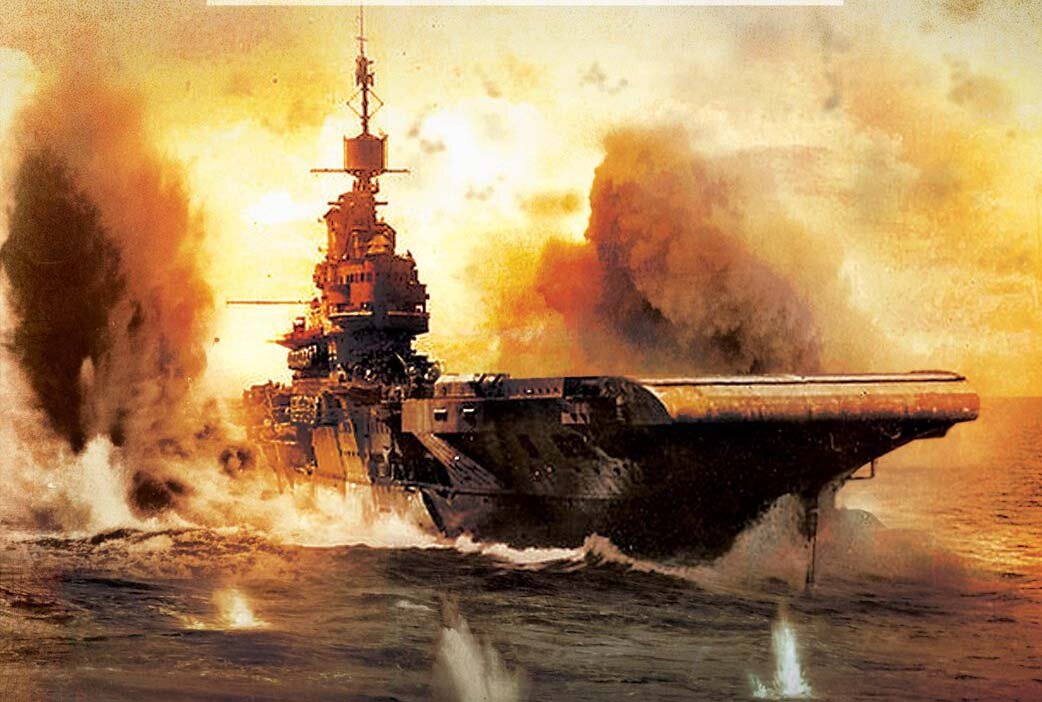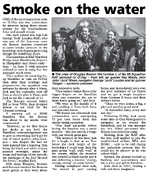AIUI the preference by some for the F was that it was lighter and a bit more responsive on the controls (relatively speaking).We tend to concentrate on the fighters but to a degree this also applies to the bombers. I have read that some crews preferred the B17F to the G and the RAF definitely preferred the earlier Boston III to later versions.
I wouldn't say that the RAF definitely preferred the Boston III over later variants. They certainly preferred having a navigator in the nose so didn't want the solid nosed A-20G & H which were the most produced models in 1943/44. They did take 169 of the glass nosed J & 90 K models in 1944 as the Boston IV & V. Add to that that the RAF also had the Martin Baltimore available to fill the same role in the Med and early Ventura models at Home. Aircraft like the A-20, Baltimore and Ventura were just too vulnerable to conduct low level missions in Europe. So tactics had changed to bombing from medium heights. So a heavy nose armament was a waste of time.
But by 1943 the RAF were looking for better aircraft. At home squadrons swapped Bostons and Venturas for Mosquitos and B-25 Mitchells so that by the end of 1943 only 2 squadrons (88 & 342) flew Bostons. That continued until spring 1945 when 88 disbanded and 342 switched to Mitchell.
In the Med, the SAAF squadrons that had been flying Bostons began converting to B-26 Marauders, along with some from the RAF, in early 1944. The longer range and heavier bomb load suited the missions they now had to fly across Italy & the Balkans.


